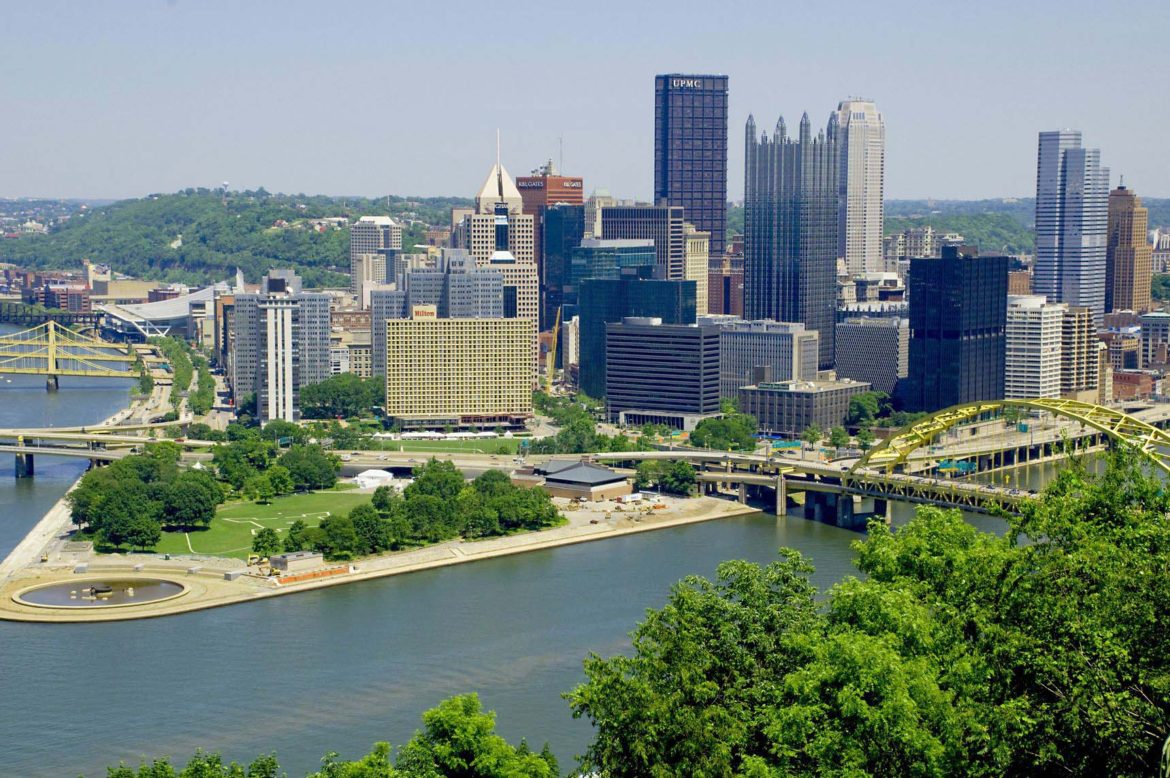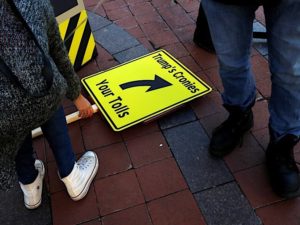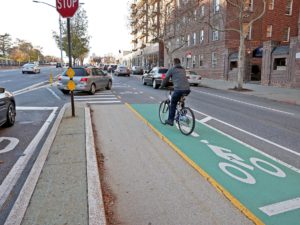
“For many millennials, second cities are becoming their first choice,” writes Patrick Sisson for Curbed. “If, 10 years ago, you had asked 28-year-old Sarah Luckett Bhatia if she’d eventually return to her hometown of Louisville, Kentucky, she ‘would have laughed in your face.'” “Even just a few years ago, the prospects of coming home to Derby City would have seemed slim. Bhatia moved to Chicago for school, studied at Columbia College, and immediately got a job in corporate planning and strategy. Like many 20-somethings, she steered her life and career trajectory toward big cities and the opportunities they promised.” “But Bhatia’s plans started changing after meeting Ravi, a video editor at Leo Burnett, and marrying him in 2016. After years of living in Chicago, the couple was getting tired of the urban grind and began prioritizing kids, a home, and a connection to family.” “At the same time, it struck Bhatia that ‘Louisville got cool.’ The city’s restaurant and bar scene, propelled in part by the surrounding region’s bourbon boom, has blossomed—’I think it’s on par with Chicago, which I realize is a controversial thing to say,’ Bhatia says—and the city has a new pro sports team, the Louisville City FC soccer club, which plans to build a new stadium in the Butchertown neighborhood, part of a 40-acre, $200 million development.” “In 2017, Bhatia decided to move home, joining a growing number of younger Americans returning to the small- and medium-sized cities they left after college. There are no studies yet measuring the movement by what some call ‘boomerangs,’ those millennials moving back to their hometowns from larger cities, and much of the evidence is anecdotal at best.” “But conversations with Bhatia and others, as well as some demographic data, suggests those moving home are part of a boom in the country’s second-tier cities.”








